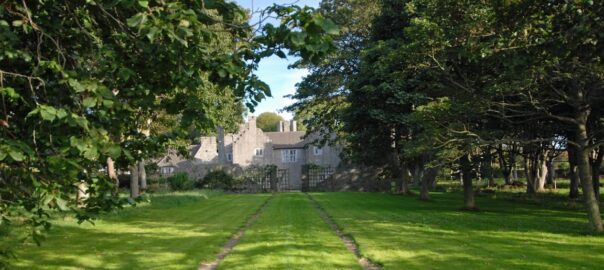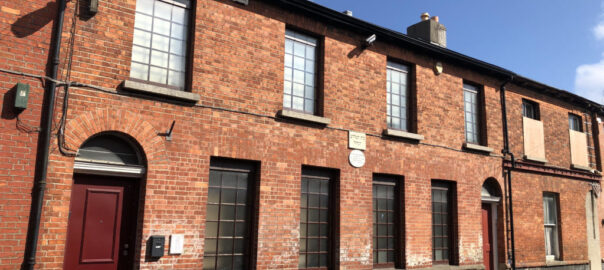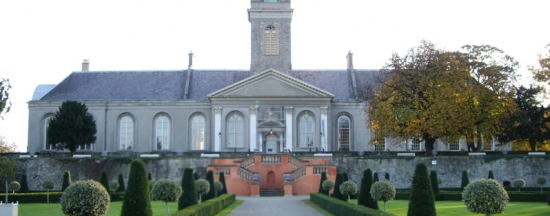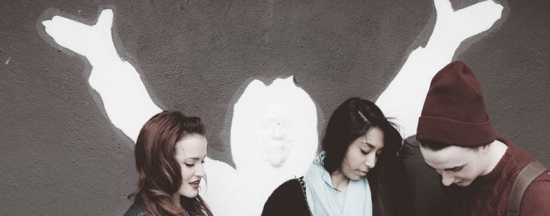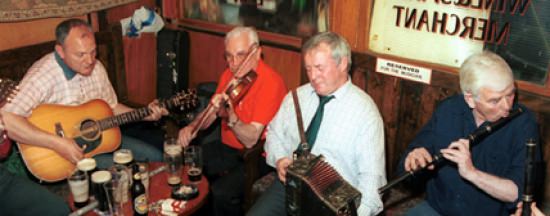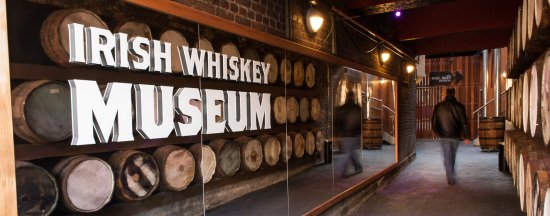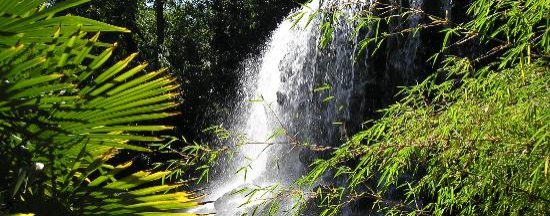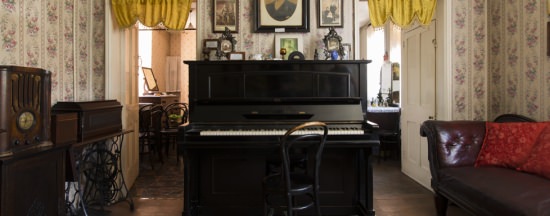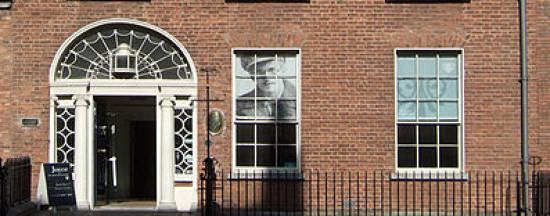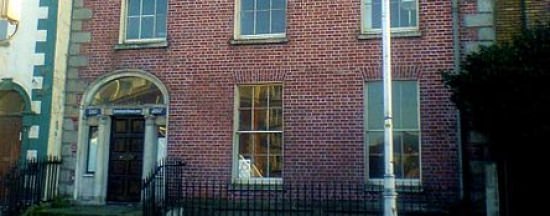Ireland’s historic houses are a valuable cultural resource. These houses and their contents are part of the physical evidence that helps to define the cultural and historical relationship between Ireland and the rest of Europe. The umbrella organisation representing this resource is the Irish Historic Houses Association.
The preservation of this part of Ireland’s cultural heritage is of national importance and this has been recognised by successive governments, who have enacted legislation intended to safeguard historic houses, their parks and contents, for current and future generations and in the public interest.
Heritage properties that remain in private hands have a unique value, especially those that have been owned by the same family for several generations. Typically, they contain artefacts and archives that greatly enhance the cultural and historical significance of each country house in its locality, and indeed many historic houses encapsulate the history of their surrounding regions. Below you will find listed historic houses which are members of the IHHA within the counties of Dublin, Kildare, Louth, Meath and Wicklow. Within each of these links, the opening times for each property may be ascertained by clicking on the property’s website link (below), or by clicking on the “Opening Times & Further Details” button.
DUBLIN
Lissen Hall www.ihh.ie/index.cfm/houses/house/name/Lissen%20Hall
Lambay Castle www.ihh.ie/index.cfm/houses/house/name/Lambay%20Castle
KILDARE
Burtown House www.ihh.ie/index.cfm/houses/house/name/Burtown%20House
Coolcarrigan www.ihh.ie/index.cfm/houses/house/name/Coolcarrigan
Harristown www.ihh.ie/index.cfm/houses/house/name/Harristown
Leixlip Castle www.ihh.ie/index.cfm/houses/house/name/Leixlip%20Castle
Lodge Park www.ihh.ie/index.cfm/houses/house/name/Lodge%20Park
Moone Abbey www.ihh.ie/index.cfm/houses/house/name/Moone%20Abbey
LOUTH
Barmeath Castle www.ihh.ie/index.cfm/houses/house/name/Barmeath%20Castle
Beaulieu www.ihh.ie/index.cfm/houses/house/name/Beaulieu
Collon House www.ihh.ie/index.cfm/houses/house/name/Collon%20House
Killineer House www.ihh.ie/index.cfm/houses/house/name/Killineer%20House
Rokeby Hall www.ihh.ie/index.cfm/houses/house/name/Rokeby%20Hall
MEATH
Hamwood www.ihh.ie/index.cfm/houses/house/name/Hamwood
WICKLOW
Altidore Castle www.ihh.ie/index.cfm/houses/house/name/Altidore%20Castle
Killruddery House www.ihh.ie/index.cfm/houses/house/name/Killruddery%20House%20
